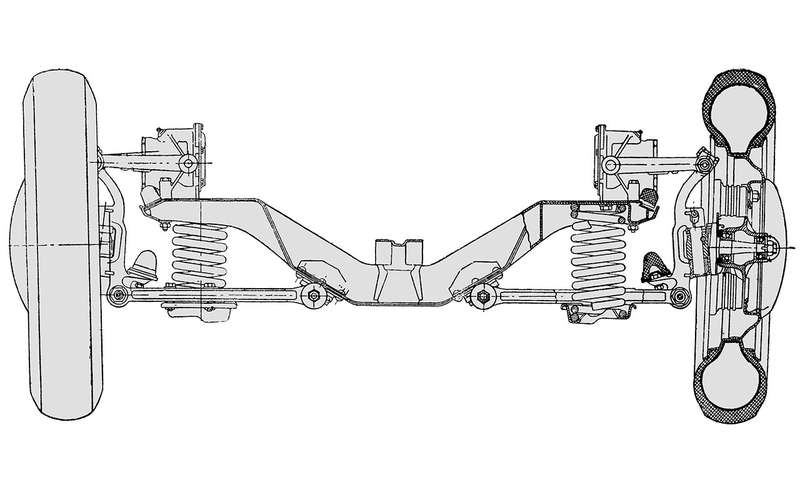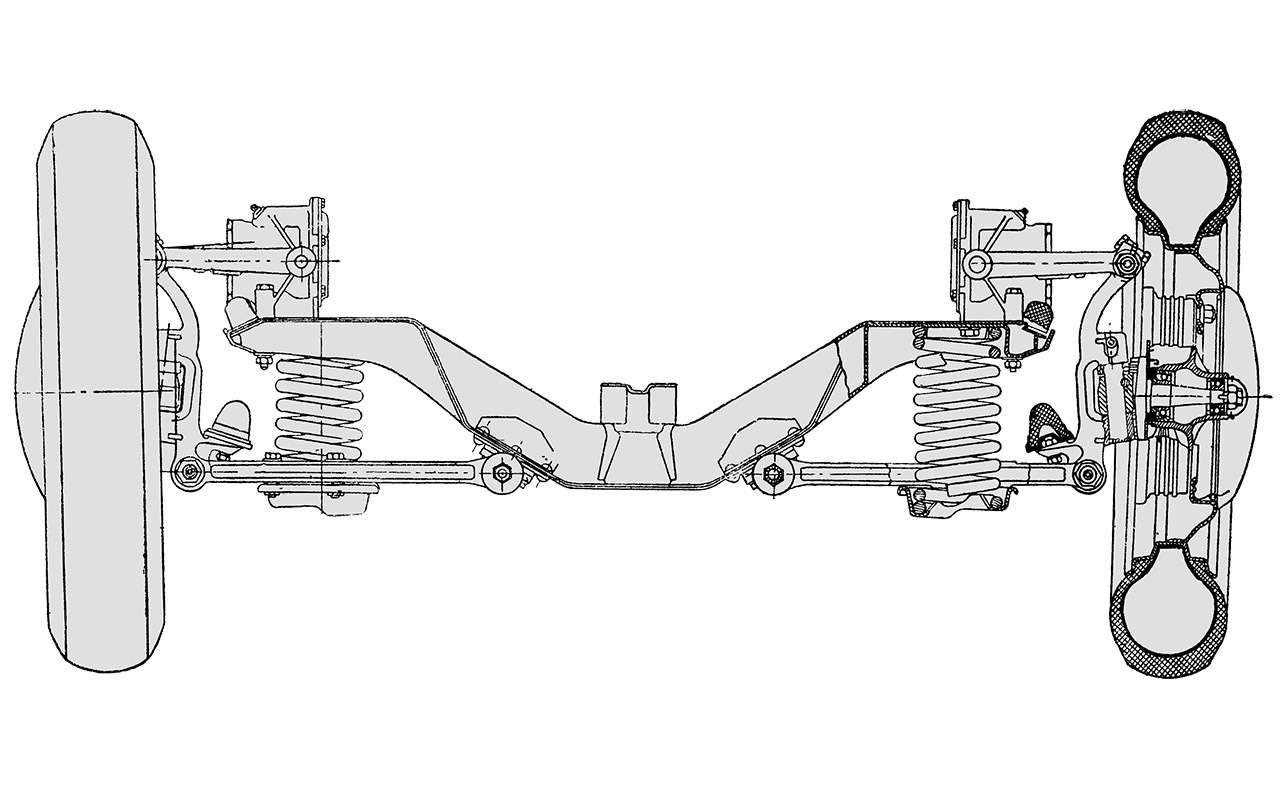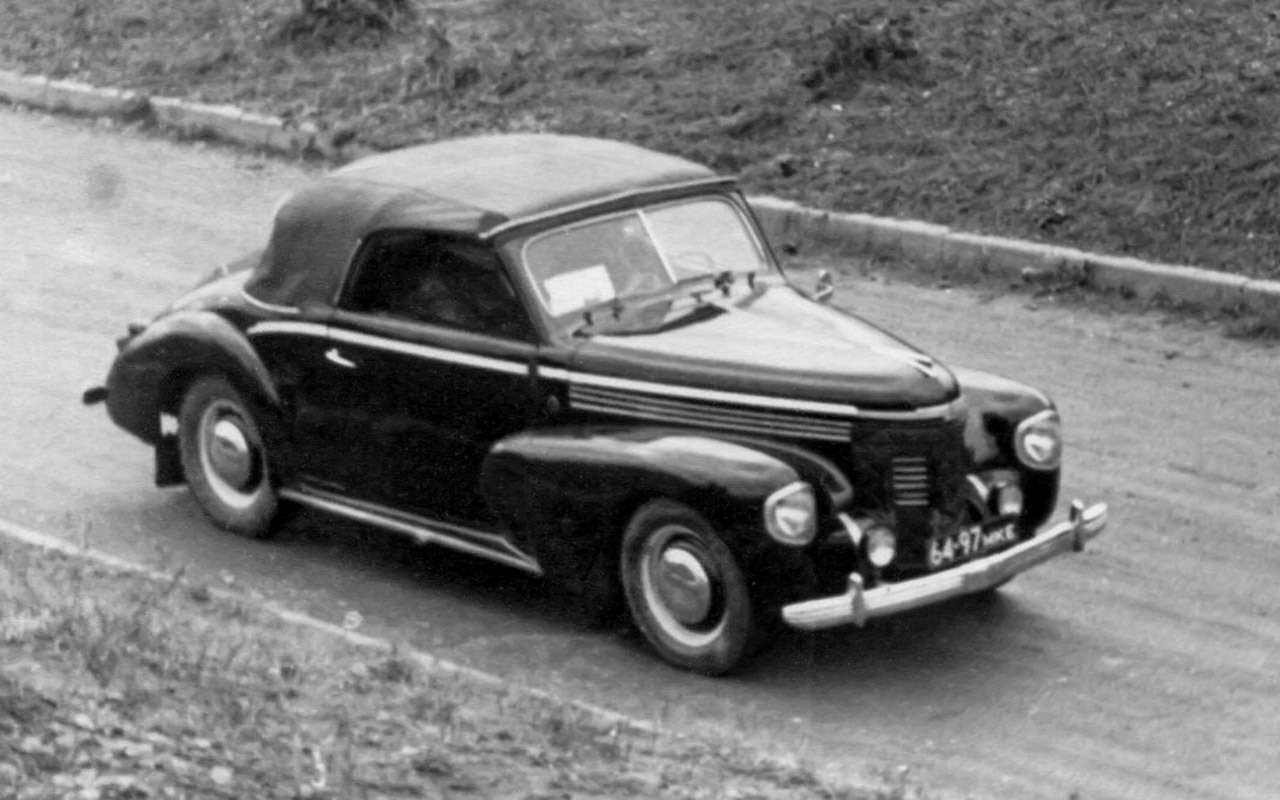Today it is hard to believe that even in the early 1980s ordinary Soviet people still drove to work, to the store and to the dacha in cars, from which dust particles are now blown away and polished behind fences at exhibitions. And they kept the future antiques in ordinary garages, or even just in the yard.
True, the condition of most cars in those years was already far from exhibition. But they went!
A funny installation in the Riga Motor Museum: a BMW 326 after restoration and the same car that lived a long, hard life and got parts that the owner could get.
iron current
In 1948, the publishing house “Mashgiz” with a circulation of 15 thousand copies published a book by engineer Yuri Khalfan “Description of the designs of cars of foreign brands.” And that, after all, happened during the “fight against cosmopolitanism”. Well, at least the word “German” wasn’t in the title, although Khalfan wrote specifically about captured cars.

The book with detailed descriptions, tables, diagrams has become a desktop for several generations of owners of captured cars and for fans of retro. After all, the appearance of the publication in 1948 was due not so much to the technical interest of professionals, as to the huge number of German cars that were brought to the USSR after the victory. No one knows their exact number. They even talked about 100 thousand, and this seems to be true. Trophies were also received by companies, but private merchants who were given the proper permission and, of course, had the resources, bought them too. By the way, the number of foreign cars on the streets of the capital is easy to estimate, even from old photos and feature films of the late 1940s.

thin track
But Khalfan’s book also testified to how carefully and thoughtfully Soviet engineers studied German cars. Nevertheless, the trophies brought along had little effect on domestic post-war models. Of course the Moskvich‑400 is an exact copy of the pre-war Opel Kadett K38. But this car was well known in the Union before the war, as a batch of such Opels was bought for production managers and other citizens noted by the authorities. Opel, in particular, had Stalin’s head of security, General Nikolai Vlasik. By the way, this affected the pre-war, but only after the victory embodied the decision to copy Kadett.
The only serious influence of German engineering on the Soviet Union is the front suspension and the design of the first load-bearing body of the Victory GAZ-M20 in the USSR. These important elements were taken from the successful 1938 Opel Kapitan. And it was the body design that determined a certain similarity between the front of the Soviet and German cars.

After the war, several Auto Union racing cars were brought to the USSR.
Advanced in design, cars with heavy (up to 520 hp!) engines, the concept of which was established by Ferdinand Porsche, were the only rear-engined in this class in the 1930s. They undoubtedly influenced the Soviet racing and record-breaking cars of the 1940s – in particular Alexander Pelzer’s Stars and the MZMA racing car, commonly referred to as the Moskvich-G1. But it’s just influence.

Once I asked Boris Kurbatov, a test driver, a racer of the ZIS (ZIL) factory, the champion of the USSR in circuit racing, if Moscow designers borrowed anything from two race car unions when creating the ZIS-112, which stood on ZIL for many years. Kurbatov chuckled: The level of German racing technology was such that it was simply impossible to adopt anything in the conditions of our factory back then.
We’ll tell you more about the rarest and most expensive trophy cars from Germany, as well as the most massive, and where they are now – come back often!
- Retrotest of the sport ZIL-112S, see here.
- “Driving” can also be read on Viber.
The Germans had practically no influence on the Soviet engineering school, but significantly on the car life of the country.




